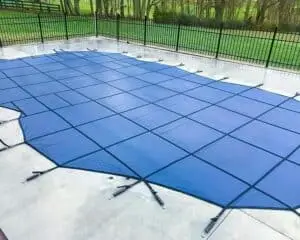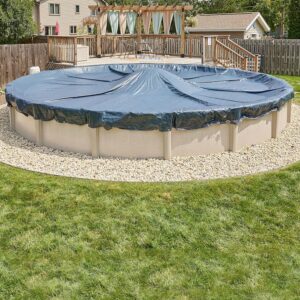When it’s time to replace your pool pump motor, it’s tempting to focus solely on the shiny new motor itself. But if you want to protect your investment, avoid frustrating leaks, and keep your pool running smoothly, there’s one crucial step you can’t afford to skip: replacing the shaft seal and gaskets. Let’s dive into why this matters and how it can save you time, money, and headaches down the line.
What Do Seals and Gaskets Actually Do?
Seals and gaskets are the unsung heroes of your pool pump system. Their main job is to keep water where it belongs—inside the pump—and prevent it from leaking out around the motor shaft and pump housing. The shaft seal is designed to prevent water from seeping along the spinning shaft of your pump motor, which is a common entry point for leaks and corrosion.
Why Replace Them When You Replace the Motor?
Prevent Costly Water Damage and Corrosion
The number one reason pool pump motors fail is due to water leaking past a worn shaft seal, leading to corrosion inside the motor. If you reuse an old seal, you’re gambling with the life of your new motor. Even a small leak can quickly corrode the motor bearings or electrical components, resulting in another costly replacement much sooner than you’d like.
Maintain Your Warranty
Most pool pump motor manufacturers require that you install a new shaft seal when replacing the motor. If your new motor fails due to a seal leak and you didn’t replace the seal, your warranty may be voided. Manufacturers can easily spot seal-related failures—look for scale buildup or a seized shaft—and won’t cover damage caused by improper installation.
Ensure a Proper Fit and Seal
Old seals and gaskets can become brittle, warped, or compressed over time. Even if they look okay, they may not fit properly with your new motor, leading to leaks. Installing fresh seals and gaskets ensures a snug, watertight fit, giving your new motor the best chance for a long, healthy life.
What Happens If You Skip This Step?
Let’s say you reuse your old shaft seal. Here’s what could happen:
- Water leaks past the seal, corroding your new motor.
- The motor seizes or fails prematurely.
- You void your warranty and are stuck footing the bill for another replacement.
- You spend extra time and money draining the pool, troubleshooting leaks, and ordering more parts.
- In short, a $15 seal could save you hundreds in repair or replacement costs—not to mention the frustration of unexpected downtime.
Pro Tips for a Leak-Free Installation
- Don’t Touch the Ceramic Surface: Oils from your fingers can degrade the ceramic, so handle with care.
- Remove All Old Seal Parts: Make sure you fully remove the old seal before installing the new one—don’t stack them.
- Use the Right Lubricant: Only use the lubricant included in your kit or a silicone-based product. Avoid petroleum-based lubricants, which can degrade rubber components.
- Consider a Tune-Up Kit: These kits include every gasket and O-ring you need for a full refresh, making installation straightforward and ensuring all seals are new and effective.
Tip for Pool Owners: Search for the Right Parts
If you’re shopping online, use specific keywords like “pool pump shaft seal replacement,” “pool pump tune-up kit,” or “pump motor gasket set” to find the right parts for your model. Including your pump brand and model number will help you find the most compatible kit and avoid compatibility headaches later.
Replacing your pool pump motor is an investment in your pool’s health and your own peace of mind. Don’t let a worn-out seal or gasket undermine that investment. For just a few extra dollars and minutes of effort, you’ll ensure your new motor runs efficiently, stays protected, and keeps your pool sparkling all season long.
If you have questions or need help choosing the right seal or gasket kit for your pump, our team is here to help. Happy swimming—and happy sealing!




